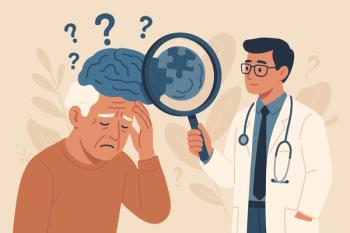
Handbook of Clinical Issues in Couple Therapy
Unlike other handbooks, such as the Clinical Handbook of Couple Therapy (Guilford, 2002) and the Handbook of Couples Therapy (Wiley, 2005), which give considerable attention to specific theoretical approaches for treating couples, this handbook addresses clinical issues only. There are no chapters on cognitive-behavioral couple therapy, emotion-focused couple therapy, or the like. Instead, this handbook’s 18 chapters cover biological and physiological issues, traumatic issues, divorce and remarital issues, sociological issues, primary prevention issues, and training issues.
Unlike other handbooks, such as the
This handbook was co-published with 2 issues of the
Although no handbook can cover it all, certain omissions were of concern. Throughout the book (with a couple of notable exceptions, such as the chapter on violence), there was little information on assessment. Given that we want our field to be more empirically data-based and given the emphasis on accountability, the relative lack of focus on assessment is a weakness. I also think a clinical handbook should include a chapter on legal and ethical issues in couple therapy. An annoying omission was an author index. Since handbooks are reference books for a clinician’s library, they should include such ease-of-use features as author and subject indexes.
In any handbook that includes multiple chapters by different authors, the quality of those chapters will vary-sometimes substantially. I thought the chapters on violence, infidelity, divorce therapy, and couple enrichment were excellent-succinct, empirically based, well-organized, and clear overviews of the field. I was disappointed with the chapter on sex therapy. How can you discuss the present state of sex therapy and not mention the current medical focus on drugs for erectile dysfunction? The chapter on couple therapy and mental disorders also had glaring gaps because there was no mention of substance problems (or referral to the chapter on addictions) or a number of important clinical trials on couple therapy and depression.
All in all, this handbook is a useful addition to my library and should be helpful to other clinicians who offer couple therapy. However, it won’t be the first handbook I reach for.
Newsletter
Receive trusted psychiatric news, expert analysis, and clinical insights — subscribe today to support your practice and your patients.














